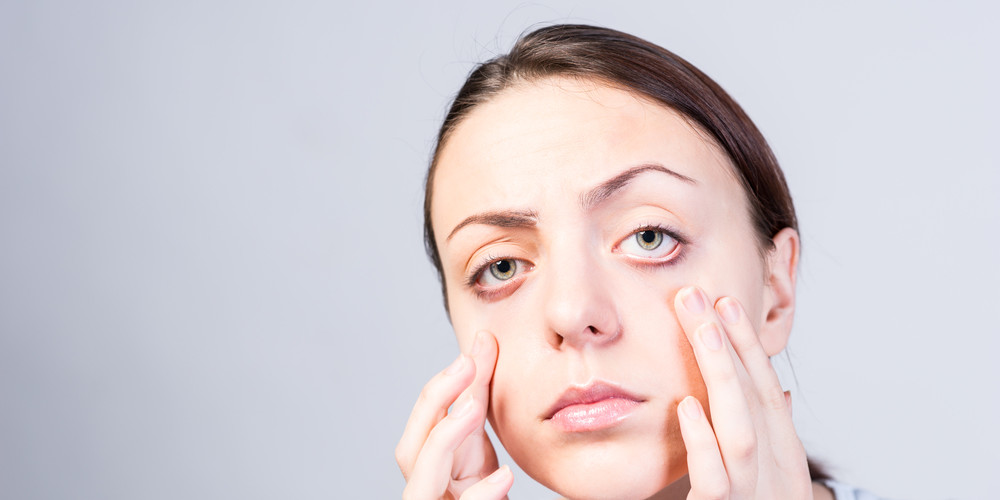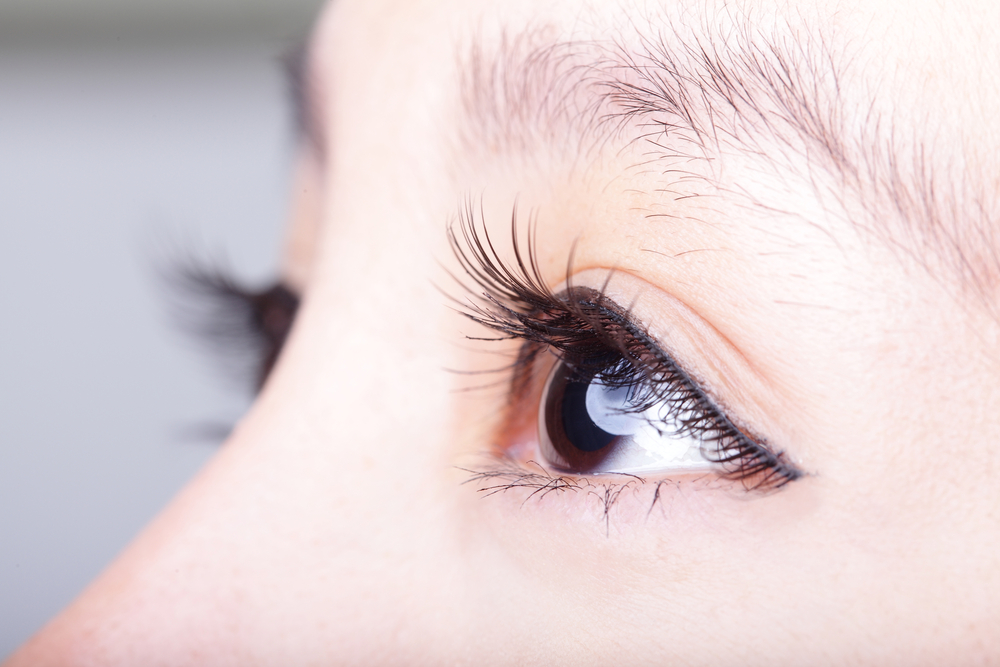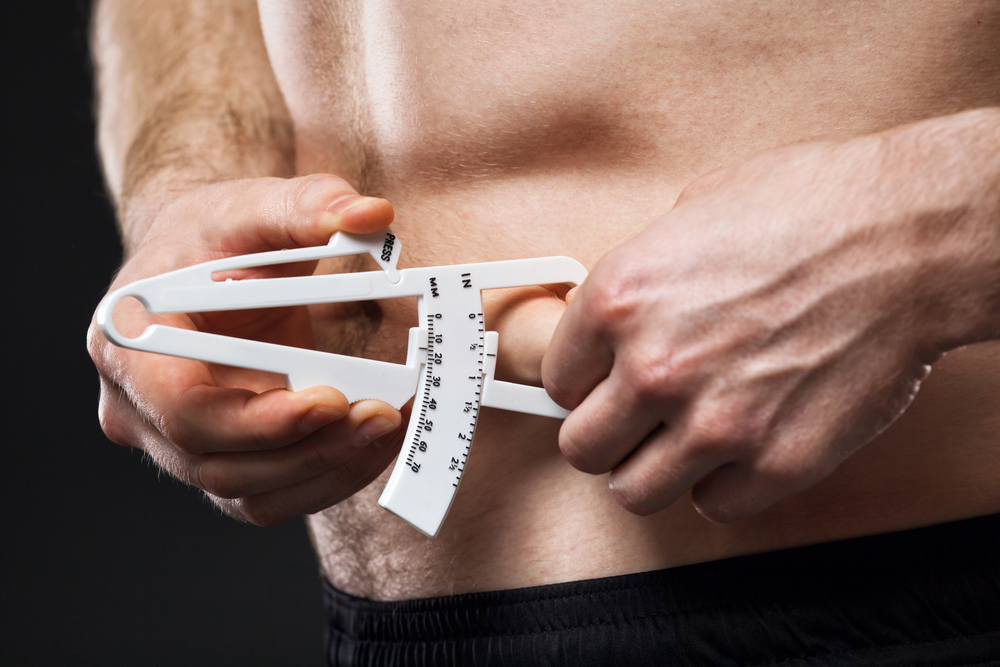South Korea has the highest per capita rate of plastic surgery in the world. By some estimates, roughly 50 percent of South Korean women in their twenties have undergone at least one surgical procedure, with eyelid surgery being the most commonly requested.
According to the International Society of Aesthetic Plastic Surgery (ISAPS), the most popular plastic surgery procedure in South Korea is the eyelift, also called blepharoplasty, with over 100,000 surgeries performed in 2016. This would mean that roughly 1 in every 500 South Koreans had the procedure done in the past year alone.
Here, two doctors explain how eyelid surgery is performed, and in which ways the technique is adapted to Asian populations.
Who Typically Gets Blapheroplasty?
While regular blepharoplasty is performed on patients of all backgrounds, people of East Asian decent more commonly undergo double eyelid surgery, a variation of the procedure that creates a fold in the upper eyelid.
This fold, which is common to most ethnic groups, is absent in approximately half of the Asian population. Double eyelid surgery gives the eye a wider, rounder shape that many South Koreans find favorable.
“The most common reason [non-Asian] patients present for blepharoplasty are excess skin on the upper eyelids and bags in the lower eyelids, creating an aged or tired appearance,” says Dr. Mathew Plant, a plastic surgeon based in Toronto, Canada. “Excess upper eyelid skin can also give the patient an angry appearance, or even interfere with their visual field. All races age, and there will always be a certain portion of those people who want to surgically alter that process.”
That being said, Asian blepharoplasty is more often performed on teenagers and young adults.
“Most non-Asian patients have blepharoplasties to reduce fat, excess skin, and signs of aging,” concurs Denver, Colorado oculoplastic surgeon Dr. Chris Thiagarajah. “Asian patients tend to get double eyelid surgery at a younger age, whereas non-Asian patients tend to undergo blepharoplasty over the age of 40.”
Standard Eyelid Surgery
“The main features of any blepharoplasty involve the removal of bulging/excess fat and skin from around the eye, and blending the orbit – eye socket – with the surrounding tissues,” says Plant. “This softens the harsh transitions, especially between the lower eyelid and the cheek, that are synonymous with an aging face.”
The procedure is fairly straightforward, and takes between 30 minutes to 2 hours depending on the patient.
After anaesthetics are introduced, the surgeon makes a small incision along the natural curve of the eyelid, following the usual crease of the eyelid to help mask any possible scaring.
For the next step in the procedure, the specialist shifts and removes fat deposits in the area to help create the desired effect. The adjusting of muscles may also be performed to increase the eyelift’s outcome, when necessary.
“This is performed with either a blade, specialized cutting instruments, or a laser,” says Dr. Thiagarajah. “A pinch of skin is often also removed above the crease, or fold of the eyelid.”
Once this has been done, the specialist closes the area up with a single small temporary stitch or dermal adhesive. Any stitching is removed after roughly one week.

RELATED: Cosmetic Eyelid Surgery – 13 Interesting Facts
Double Eyelid Surgery
As the name implies, double blepharoplasty is performed on both the upper and lower eyelid.
The technique begins with incisions made along the natural curvature of the upper eyelid and the removal and adjustment of fat deposits.
Following this, there are two options for modifying the lower eyelid; either making an incision across the eyelid near the eyelashes, or a transconjunctival incision.
The eyelash incision technique involves the removal and repositioning of excess fat in the eyelid. Excess skin may also be removed and muscles tightened.
With the transconjunctival method, the incision is made on top of the eyelid in the small portion of skin immediately below the lashes. Using this technique, it is only possible to remove and redistribute fat. The incision is sutured once the double blepharoplasty is complete.
While this is the end of the procedure itself, some specialists may also suggest chemical or laser treatments to aid with discoloration of the eyelids. This gives the eyelids a more natural looking tone that blends in with the rest of the face.
Creating The Crease
In order to create the eyelid fold often requested by people of East Asian descent, specialists use a variety of techniques. Patients with thinner eyelids will typically undergo the “suture technique” to make the crease, while the “open technique” is better suited to those with thicker eyelids.
The suture technique, also known as the “non-incisional method,” uses non-absorbable sutures to produce a fold in the eyelid. Stitches are placed in the upper portion of the top eyelid which is meant to recreate a dermal attachment naturally found in most caucasian eyelids. Due to the less invasive nature of this technique, recovery is quicker than the open technique, though the results are typically less drastic.
The open technique, also called the incisional method, relies on removing fat in the lower portion of the top eyelid and closing it off from the upper portion. While specialists will have their prefered way of performing this procedure, it is important to note that it does leave a small amount of scaring. Unlike the suture technique, the results of the open technique are irreversible.
A hybrid version of the two techniques, called the “semi-open method,” is also available. Similar to the suture technique, this combination method uses non-absorbable nylon sutures to create a crease. This is followed by removing fat from the lower portion of the top eyelid through a small incision, much like the open technique.
Asian Blepharoplasty Recovery and Results
“Many people think that eyelid surgery will affect their eyesight,” says Plant, “The most common question I actually get from patients is ‘when can I work from a computer again?’ I tell those people that I’ve seen patients who’ve had the surgery done under local anaesthesia dealing with work emails on their iPhones as we rolled them into recovery.”
Generally, within one week the swelling is down to about half of the size it was immediately following the procedure. After 10 to 14 days, most of the swelling has subsided, and people will, in most cases, feel comfortable returning to their daily routine. “Most patients are 95 per cent back to normal then,” says Thiagarajah.
Depending on the patient, it can take between three and six months to see the procedure’s full results.
While satisfaction rates are generally high, many patients consider a brow lift in addition, or as an alternative to blepharoplasty.
“A brow lift, either surgical, or with Botox or Dysport is something that should be discussed with most patients, even if it isn’t actually offered,” says Plant. “Many patients come in complaining of excess eyelid skin, but part or all of their issue is actually caused by the forehead and the eyebrows sitting too low.”
Thiagarajah advises people interested to seek out specialists whenever possible.
“There are specialists for blepharoplasty called oculoplastic surgeons,” says Thiagarajah, an oculoplastic surgeon himself. “Often, complications from blepharoplasties occur by non specialists attempting to perform the procedure. Oculoplastic surgeons spend two years focusing on the detailed anatomy of the eyelid and eye socket to master the procedure before performing it on patients.”









